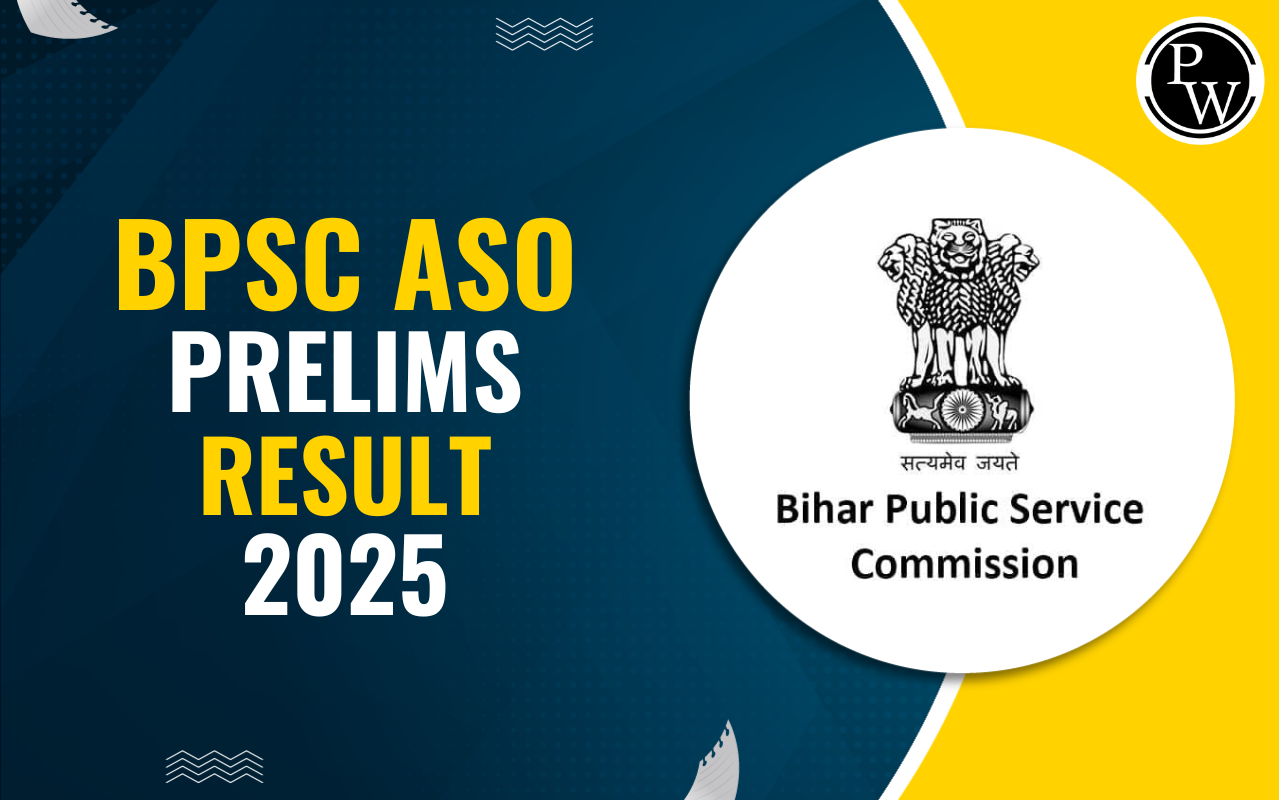
Bihar Economic Survey 2024-25: The Bihar Economic Survey for the financial year 2024-25 was presented by the Finance Minister in the state assembly on February 28, 2025. This document serves as a comprehensive analysis of the state's economic performance, fiscal health, and future projections. It highlights key sectors contributing to growth, government initiatives, and challenges faced by the state. The survey is crucial for understanding Bihar's economic landscape and formulating policies aimed at sustainable development.
Also read: BPSC Syllabus
Bihar Economic Survey 2024-25, PDF Download
The Bihar Economic Survey 2024-25, presented by Finance Minister Samrat Choudhary on February 28, 2025, highlights significant economic progress. The state's Gross State Domestic Product (GSDP) has surged from ₹2.47 lakh crore in 2011-12 to ₹8.54 lakh crore in 2023-24. This 3.5-fold increase underscores Bihar's rapid economic development over the past decade.
|
Bihar Economic Survey 2024-25, English PDF(PW) |
|
|
Bihar Economic Survey 2024-25, Hindi PDF(PW) |
Click to Download |
Key Highlights of the Bihar Economic Survey 2024-25
-
Economic Growth Rate
-
Bihar has emerged as the second fastest-growing state in India, with a Gross State Domestic Product (GSDP) estimated at 8,54,429 crore at current prices for the financial year 2023-24.
-
The GSDP recorded a growth rate of 14.5% at current prices and 9.2% at constant prices during this period.
-
Per capita income rose to 36,333 at constant prices and 66,828 at current prices.
-
Fiscal Health
-
The fiscal deficit decreased from ₹44,823 crore in 2022-23 to 35,660 crore in 2023-24 and is projected to further decline to 29,095 crore in 2024-25.
-
Revenue savings stood at 2,833 crore for 2023-24 and are expected to be ₹1,121 crore in 2024-25.
-
Total state expenditure is projected to rise from 2.52 lakh crore in 2023-24 to ₹2.79 lakh crore in 2024-25.
-
Sectoral Contributions
-
The service sector remains the largest contributor to GSDP at 58.6%, followed by industry at 21.5% and agriculture at 19.9%.
-
Notable increases in agricultural production include a 21% rise in rice production and a 10.7% increase in wheat production.
Agricultural and Industrial Development
The survey emphasizes the government's commitment to enhancing agricultural productivity and industrial investment:
-
The Agricultural Investment Promotion Policy is being implemented for key products such as makhana, fruits, vegetables, maize, medicinal plants, honey, and tea.
-
A significant investment of ₹75,293.76 crore is proposed for the industrial sector.
-
The micro-enterprise sector saw a remarkable 135% increase in investments, resulting in a 107% rise in employment opportunities.
Infrastructure Development
Infrastructure development is pivotal for economic growth:
-
Rural paved roads increased from 835 km in 2005 to over 1.17 lakh km by 2025.
-
Bihar has seen substantial growth in its transport and communication sector, recording a 7.6%growth rate from 2011 to 2024.
-
The state has focused on expanding its road network and improving connectivity through new expressways and national highways.
Digital Governance and Energy Sector
The Bihar government has adopted various digital technologies to enhance governance:
-
Initiatives such as CCTNS (Crime and Criminal Tracking Network System), CFMS (Comprehensive Financial Management System), and e-Challan have been implemented to promote e-governance.
-
Per capita energy consumption increased from 134 kWh in 2012–13 to 363 kWh in 2023–24.
-
Public utility services like water supply and electricity have registered a growth of 14.5%.
Women Empowerment Initiatives
Women empowerment has been a focal point of development policies:
-
Over 1 million Self Help Groups (SHGs) have been formed across the state.
-
A cumulative credit of ₹46.9 thousand crore has been provided to these SHGs.
-
The total deposits reached ₹5.27 lakh crore by FY 2024-25, with loans disbursed amounting to ₹2.97 lakh crore.
Challenges Ahead
Despite significant progress, Bihar faces several challenges that need addressing:
-
Infrastructure Gaps: While there has been improvement in road connectivity, further investment is required to enhance urban infrastructure and public services.
-
Employment Generation: Although there has been an increase in employment opportunities due to industrial investments, sustainable job creation remains a priority.
-
Agricultural Dependence: A large portion of the population relies on agriculture; hence diversifying the economy while ensuring food security is crucial.
-
Fiscal Management: Maintaining fiscal discipline while promoting growth through public spending will be essential for sustainable development.
Also read: BPSC Salary 2025
Bihar Economic Survey 2024-25 FAQs
What is the projected fiscal deficit for Bihar in 2024-25?
Which sector contributes the most to Bihar's GSDP?
What significant agricultural production increases were reported in the survey?
How many Self Help Groups (SHGs) were formed in Bihar?
What was the per capita income of Bihar in 2023-24?










